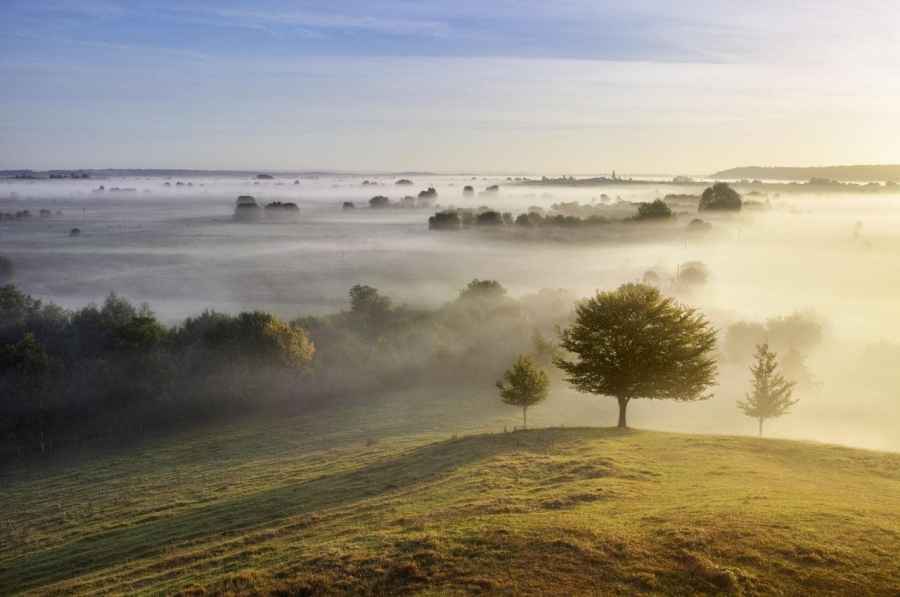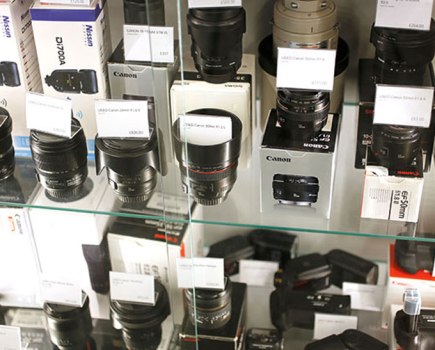When buying second-hand lenses, it’s good to get some guidance if you are new to that type of lens, or indeed, brand. We asked four pros, all AP regulars, for their advice on bagging great used glass.
Oscar Dewhurst
Oscar is a wildlife photographer and filmmaker based in Bristol. He has photographed wildlife all over the world, and his images have been awarded in prestigious competitions and widely published.
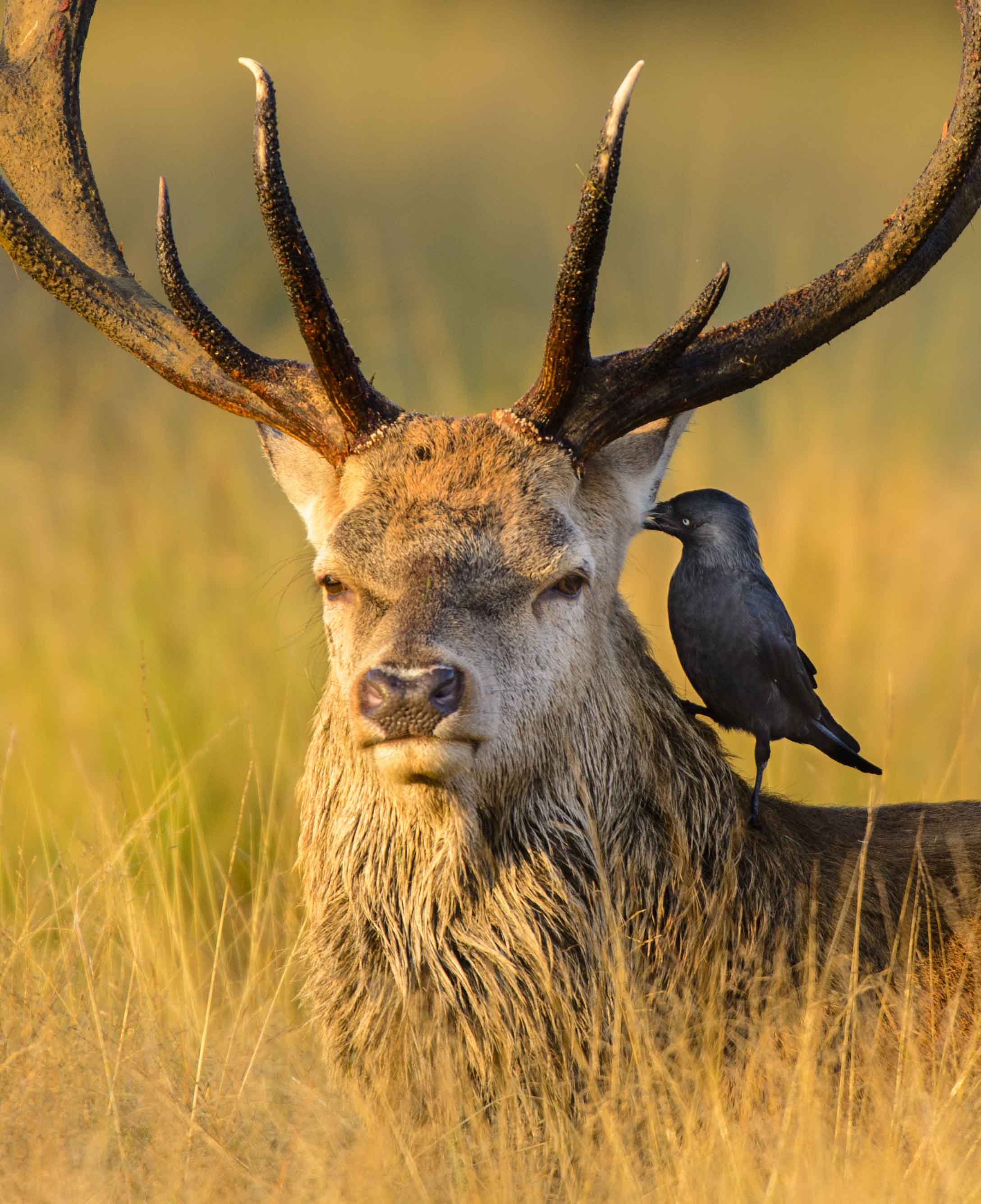
A bittern flies across between reedbeds, London, UK. Nikon D800, Nikon AF-S 600mm f/4D ED-IF II, 1/320sec at f/4, ISO 320
“My favourite lens that I bought second hand was a Nikon AF-S 600mm f/4D ED-IF II back in 2013. As a wildlife photographer, you are always after more magnification, and you can’t do much better than a 600mm f/4. This model was pre-VR, and weighed nearly 6kg without the camera body, but I didn’t care; it was razor sharp and the autofocus was lightning-quick. Sure, VR would have been nice, but it cost far less than the more recent models, which were almost double the price. I used it constantly for a few years, before I moved on to a 400mm f/2.8, and so sold the lens to a new, happy owner! I’m always slightly hesitant to buy second-hand photographic equipment, for the obvious reasons that they are expensive bits of kit and you never know how the previous owner(s) treated them. However, over the years I have bought several second-hand lenses, as I feel there is less that can go wrong with them, and they go out of date slower than camera bodies.
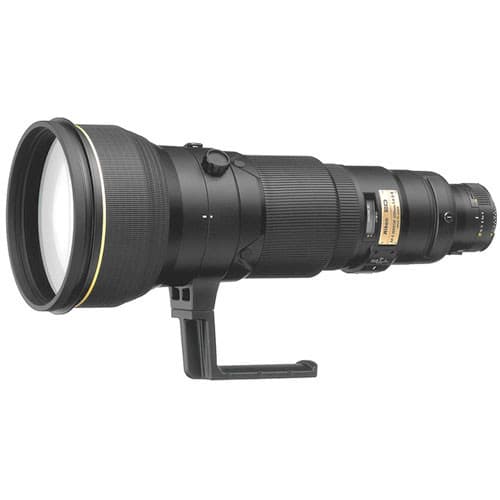
Nikon AF-S 600mm f/4D ED-IF II. Bought from a dealer in 2013 and then sold on to another owner in 2018
When buying a second-hand lens, there are several things to look out for. I only buy from dealers (e.g. Wex Photo Video, Mifsuds, MPB, London Camera Exchange, etc), as they should have given the lens a thorough check over and service, and probably offer a warranty period, so if a problem appears down the line, you may be covered. Ideally, I would still check over the lens in person before I send any payment. Pay particular attention to scratches on the glass, dents in the body and resistance in the zoom ring. One good way to check the glass is to shine a light through it; this should reveal any potential fungus or dust clumps. I also make sure I put it on my camera and have a test of the autofocus to make sure there aren’t any problems like a squeaking focus motor (which can indicate that it may need to be replaced), or any sticking.”
Guy Edwardes
Based in his home county of Dorset, Guy has been a professional landscape and nature photographer for over 25 years. He runs a series of popular photographic workshops all over the world.

Dawn over the Somerset Levels. Canon EOS 1Ds, Zeiss 21mm f2.8 Distagon via adaptor, 1/15 sec at f11, ISO 100
“I’ve always been rather wary of buying second-hand digital cameras, but over the years have bought many second-hand lenses. These have been purchased from various sources including private sellers, well-known camera shops and eBay. Occasionally I will need a specific lens for a project and, rather than hiring one, I will buy a used lens and then sell it once the project is complete. I’ve usually been able to sell it for close to the price I paid for it, and sometimes more! When I switched from film to digital back in 2003 I had no wide-angle lenses that performed well on the original full frame Canon 1Ds.
After much research I discovered that some old Zeiss manual focus lenses were capable of delivering very good results on this camera via an adaptor, but they were not made anymore and were in very short supply second-hand. Eventually I tracked down a Zeiss Distagon 21mm f/2.8 in a classic camera shop for £600, and it was certainly capable of producing very sharp images. However, 12 months later when an updated Canon wide-angle zoom became available I sold the Zeiss. By that time other photographers had cottoned onto the benefits of the Zeiss lenses and they had become even scarcer. I managed to sell mine on eBay for over £2000, which easily funded my new Canon lens!
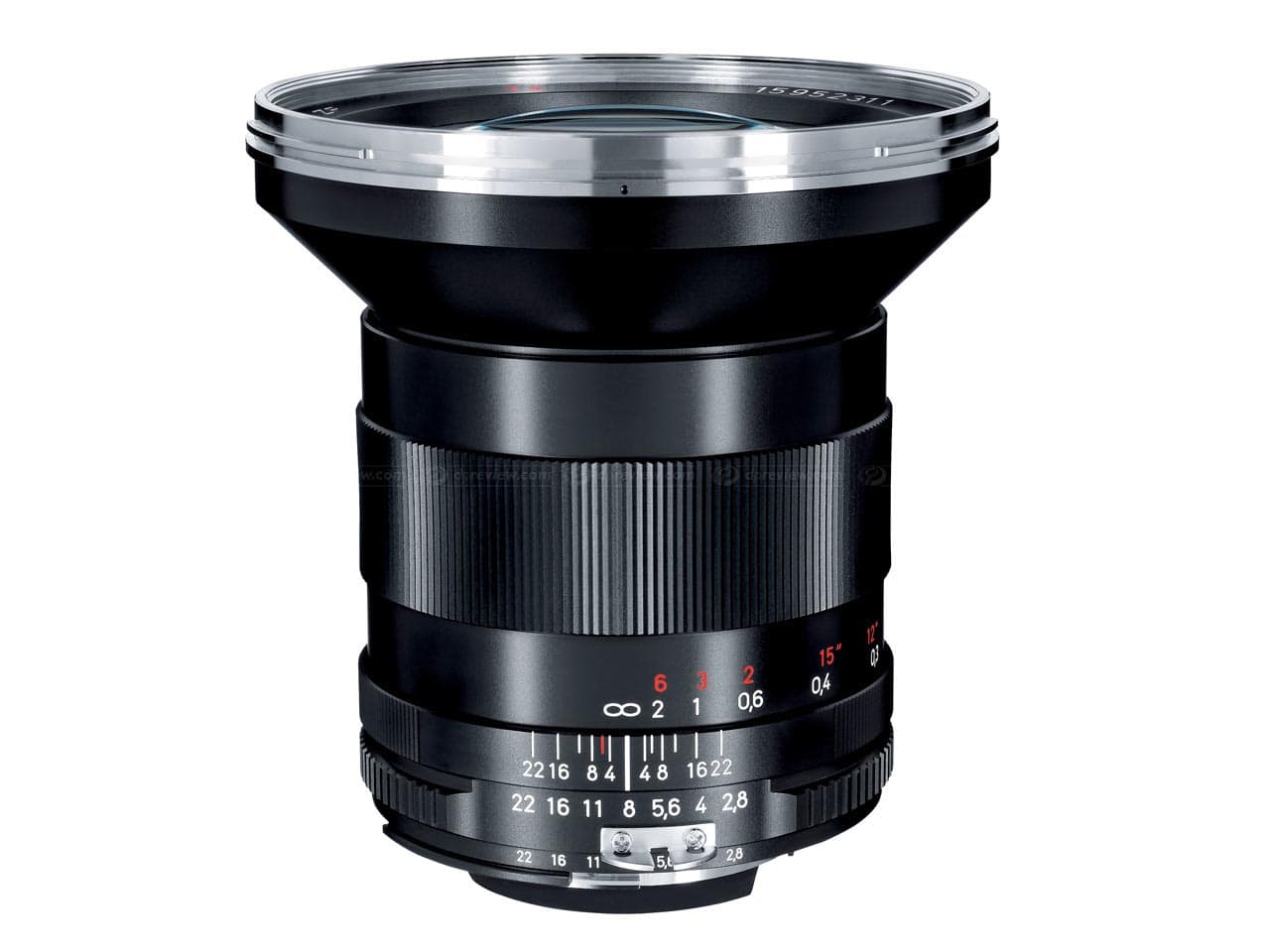
Zeiss Distagon 21mm f/2.8. “I tracked down this lens in a classic camera shop back in 2003 and sold it for more than I bought it for.”
Apart from the obvious scratches, damaged coatings and internal fungus, the main thing I look out for in second-hand lenses is internal dust. As I like to shoot into the light any dust inside the lens will cause problems with flare. It wouldn’t put me off buying a lens, but I would need to get the lens cleaned and serviced before using it. This possible additional expense should be taken into account whenever buying second-hand lenses.”
Tim Clinch
Tim is an award winning professional photographer with over 40 years experience. Over the years Tim has worked in most areas of the profession, has had his work published in magazines worldwide and has had more than 30 books published featuring subjects as varied as interiors, travel, food and portraits. .

“This portrait of my neighbour’s granddaughter, Adelina, shows the amazing quality and sharpness I get with the XF35mm. Fujifim X-Pro 1, 35mm, 1/550 sec at f/1.4, ISO200”
“A few years back I purchased a lot of Fujifilm kit from eBay. Obviously when buying online you cannot test anything out prior to purchasing, so I always recommend looking carefully at the seller’s feedback and make sure you have some form of insurance in place for delivery. I also find that amateur photographers tend to take much more care of their kit than most professionals, (as a professional myself, trust me on this one!) and are selling because they want to upgrade to the latest model so tend to be used less.
I bought an entire spectrum of Fuji X-Pro 1 equipment just at the time when the X-Pro 2 had come out so the prices were excellent. I had played around with a friend of mine’s X-Pro 1 and admired it and bought the bodies and lenses specifically for a shoot for a wine magazine. It was a long shoot and I knew I would be spending a lot of time walking around carrying my equipment and didn’t fancy humping all my (excellent, but heavy) Canon kit around. I am NOT a lover of kit, but a lover of photographs and having seen the results from my friend’s camera I decided to go the whole hog. I bought three bodies (didn’t want to be changing lenses in those dusty vineyards) and four prime lenses.
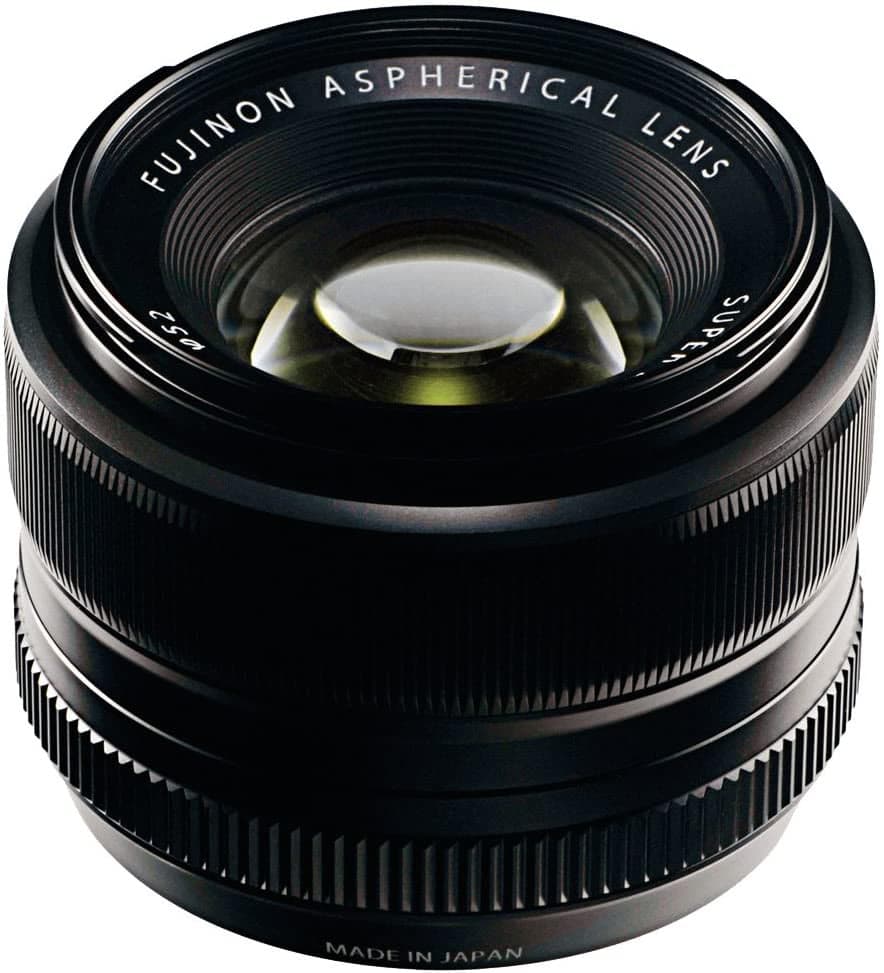
Fujinon XF35mm F1.4 R. “This is one of the best lenses I have ever owned and I bought it second hand from eBay”
I find that zoom lenses can have more problems than primes, so I tend to buy zoom lenses new. I messaged the sellers (all keen amateur photographers, not camera stores) to ask if the lenses were sharp and they all assured me they were so I bought everything and have been extremely happy. The XF35mm F1.4 R (equivalent to a 50mm on a DSLR) is certainly one of the best lenses I have ever owned.”
Ross Hoddinott
Ross is one of the UK’s leading landscape and close-up photographers. He is a multi-award winning artist and the author of several books. Ross is an Ambassador for Manfrotto, a Nikon Alumni, a LEE Filters Master and a Global Icon for F-stop Gear. He co-runs Dawn 2 Dusk Photography and also offers bespoke 1-2-1 tuition and workshops.

“This damselfly close-up was captured using a used Sigma 150mm macro – a fantastic lens, with sharp optics, that I bought condition and used for years.” Nikon D300, 150mm, 1/200 sec at f/16, ISO 200
“During my teens and early twenties, I simply didn’t have the budget to buy new. As a young, aspiring pro, all I could afford was used kit and – do you know what – it never let me down. Most of the items I bought were like new – boxed with all original accessories – yet I saved hundreds. Obviously, today, there are so many places where you can source used gear – for example eBay, Facebook Marketplace and Amazon. Most will be reputable sellers I’m sure, with bargains to be had. However, it is always best to know your seller.
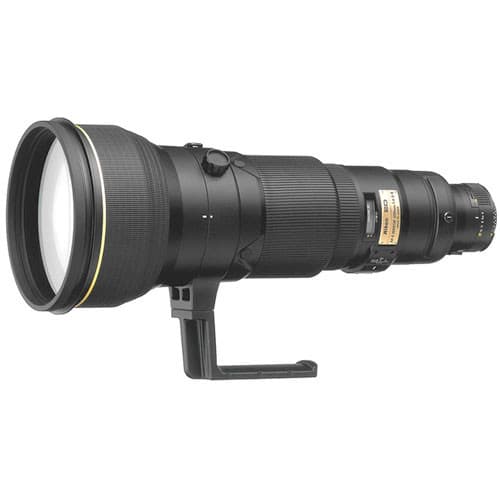
Sigma 150mm f/2.8 EX DG HSM Macro. “This lens was a bargain buy and when I finally switched to the Nikkor 200mm Micro, I still got decent money for the Sigma lens in exchange.”
I would favour paying a little extra for the peace of mind of buying from an established and dedicated camera shop that knows exactly what they are doing and will be able to offer sound advice. In the past, I’ve relied on Mifsuds and MPB. Both have a great reputation for quality used kit that is clearly and honestly graded and sold with a 3 or 6-month warranty for extra reassurance – optics will have been checked thoroughly for dust clumps and fungus prior to purchase.
My very first macro lens was an old Sigma 90mm f/2.8 macro, which I had for my then Minolta Dynax 7000i film camera. But, in subsequent years – once I had moved to Nikon – I invested in used Sigma 105mm and 150mm macros. They served me well for many years. Buying second hand allows photographers to build their camera system at an affordable cost. If I ever needed to buy used again, I wouldn’t hesitate.”

